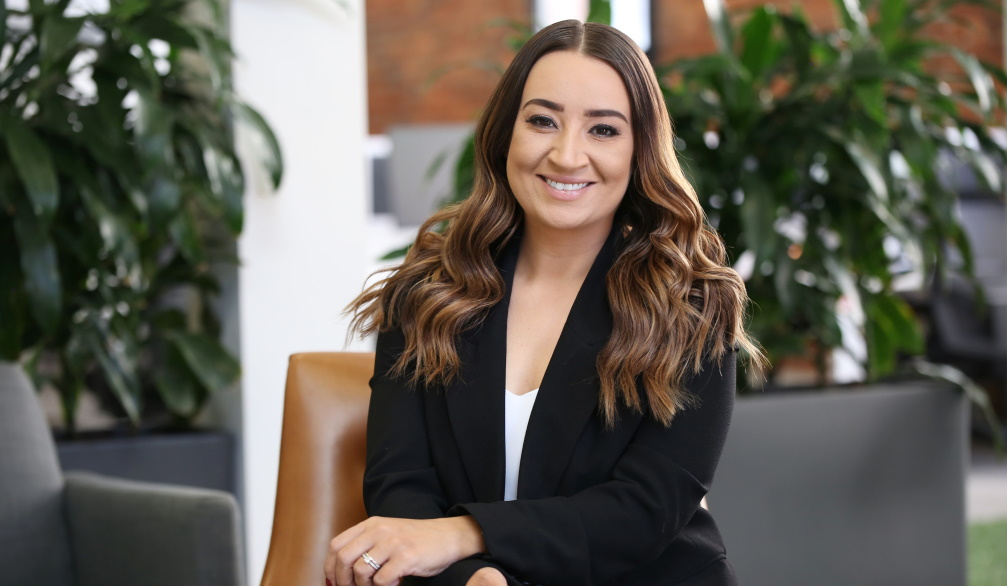EOFY explainer: Everything your business needs to know about the instant asset write-off
- Written by Gordana Redzovski, Lightspeed’s VP Retail, APAC

Australia has long been renowned as a rich and vibrant small business nation, where entrepreneurialism is encouraged and celebrated. It has, however, been a challenging period for small business owners, and the transition from one financial year to another - a daunting period at the best of times - could be met with apprehension. The key to a successful end of financial year is sometimes as simple as understanding what your business can and cannot claim.
To provide the support needed to overcome the impacts of the pandemic and the impetus to continue growing and evolving, there are tax policies designed to ease rather than add to your financial burden. This year, business owners can benefit from several tax offsets, after the federal government extended the instant asset write-off scheme and introduced temporary full expensing. But what’s the difference between an instant asset write-off and temporary full expense? What kind of businesses are eligible and how do they apply? Here, we’ll answer the key questions your business needs to know.
What is an instant asset write-off?
The federal government’s instant asset write-off allows eligible businesses to claim a tax deduction for any assets purchased and used for business purposes. A hospitality business, for example, could use the scheme for a new range cooker, while a retailer might use it for an iPad for their Lightspeed point-of-sale (POS) system. The write-off can be used for multiple assets if the cost of each is less than the $150,000 threshold, but is only applicable for assets purchased and used in the year that the write-off is claimed. The instant asset write-off does not apply to assets purchased or installed after 7:30pm on 6 October 2020. For these, you must apply for the temporary full expensing (TFE) scheme.
What is the temporary full expensing (TFE) scheme?
TFE, designed to offer businesses even greater financial relief, essentially just removes the previous $150,000 instant asset write-off threshold. Providing the asset is a genuine business expense and used within the year of the claim, the cost of the asset is now irrelevant.
As well as the stipulations around the date of the purchase of the asset and the submission of the claim, eligible businesses must have a turnover of less than $5 billion. If your business has an aggregated turnover of less than $50 million, TFE applies to eligible second-hand depreciating assets and improvements to an eligible asset. If you aren’t eligible for TFE, it is still possible to apply for the instant asset write-off scheme.
What constitutes an ‘asset’?
Only depreciating assets - those which decline in value over time - can be claimed. Think of, for example, equipment like cookers, fridges and coffee machines; technology like laptops and EFTPOS terminals; furniture like sofas and bar stools; or vehicles like delivery vans or bicycles. The asset must be purchased outright to be eligible, rather than hired or leased.
There are exceptions, though. For example, you cannot claim capital works such as construction costs for a new kitchen in your restaurant. Nor can you claim assets that will be leased out for 50% of the time, intangible assets
(something that doesn’t exist physically, like software) or horticultural plants like, for example, a produce garden for a restaurant. If you’re yet to purchase an asset, it’s wise to investigate whether it’s eligible prior to purchase.
Why is this important for your business?
Any tax policy to empower business owners is important, but the instant asset write-off and TFE are especially valuable in that they allow businesses like yours to make investments now - or when a strategic opportunity arises - rather than at a later date. The key to Australia’s medium-term post-pandemic recovery and long-term economic prosperity is encouraging businesses to grow. By providing the means to support business expansion, the instant asset write-off and TFE do just that. With those schemes now extended, you have the opportunity to give your business - whether retail, hospitality or something else entirely - the boost it deserves in the financial year ahead.
Lightspeed is not a financial or tax advisor. Lightspeed recommends seeking professional help from an accountant or contacting the Australian Taxation Office (ATO).https://www.lightspeedhq.com.au/







